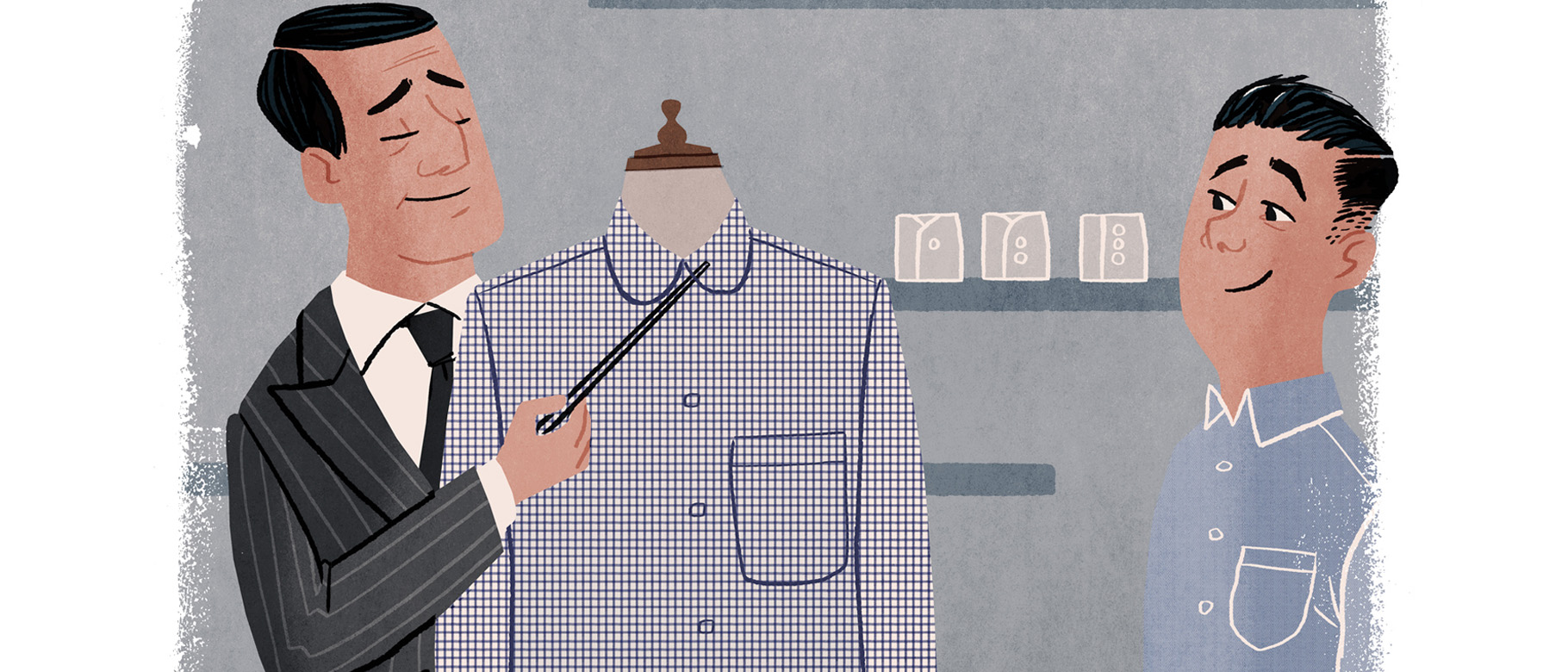

When you see a guy all dressed up to impress, wearing a punchy-looking suit and tie, or else a bold checked jacket, trousers and an equally colourful open-collar shirt? Has anything ever felt ‘off’ to you? Something you’ve just not quite been able to put your finger on that’s almost certainly not to do with the colour, or patterns or pairings in his look?
I’ll wager that 90 per cent of the time, that last missing ingredient relates to the fit and cut of his clothes; lapels that feel a little too wide or a little too slim, trousers that are too tapered, or a shirt collar that swallows-up the neck.
These niggles are understandable, because getting comfortable with the shape and sizing of the key pieces in your wardrobe is one of the hardest lessons any man has to learn on his journey towards sartorial enlightenment. In clothing terms, proportion is one of those things that’s pretty intangible and (frustratingly) different for everyone. We all have different builds and physiques, different features and different faces.
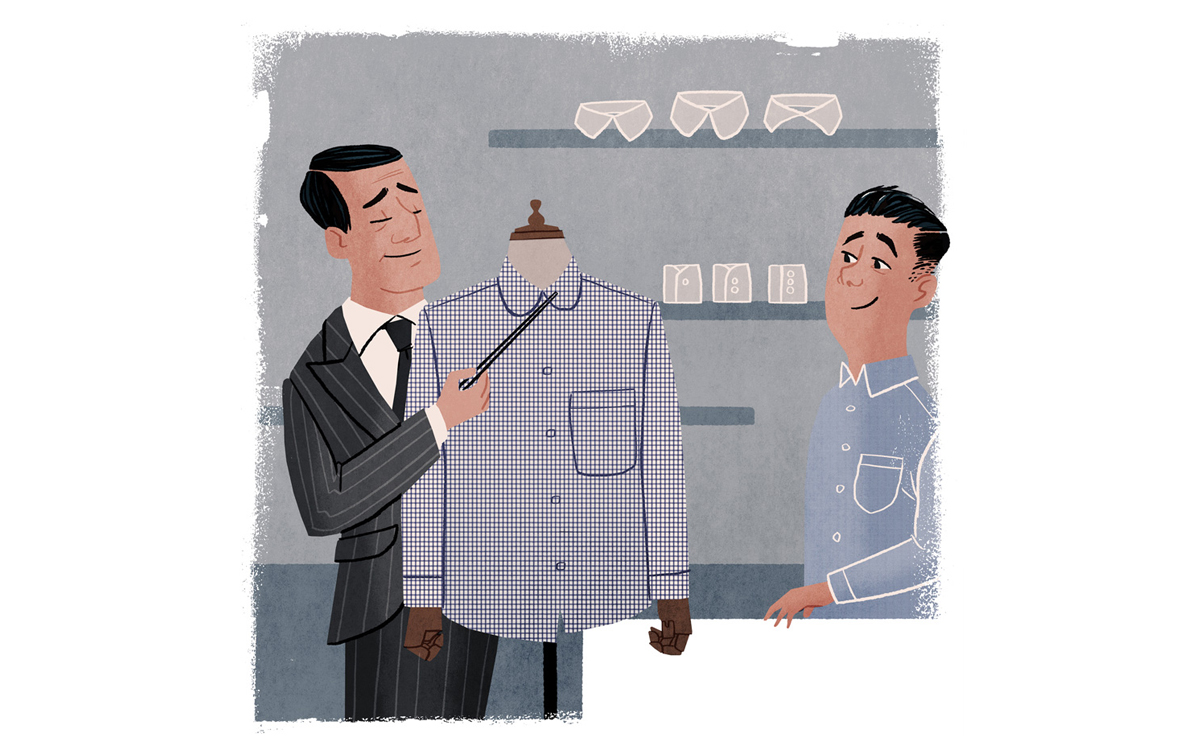
That said, when it comes to perfecting the most flattering fit of your shirts there are a few easy things to get your head around. It’s pretty obvious when a shirt’s too tight or roomy – these are simple fixes. What’s trickier is choosing a shirt collar that flatters one’s face. This might sound odd, but much like wearing a hat, your shirt collar frames your face more directly than almost any other piece of clothing, particularly when paired with a tie. The holy trinity of collar, tie knot and lapels has dramatic effect on how comfortable and how natural you look in your clothes.
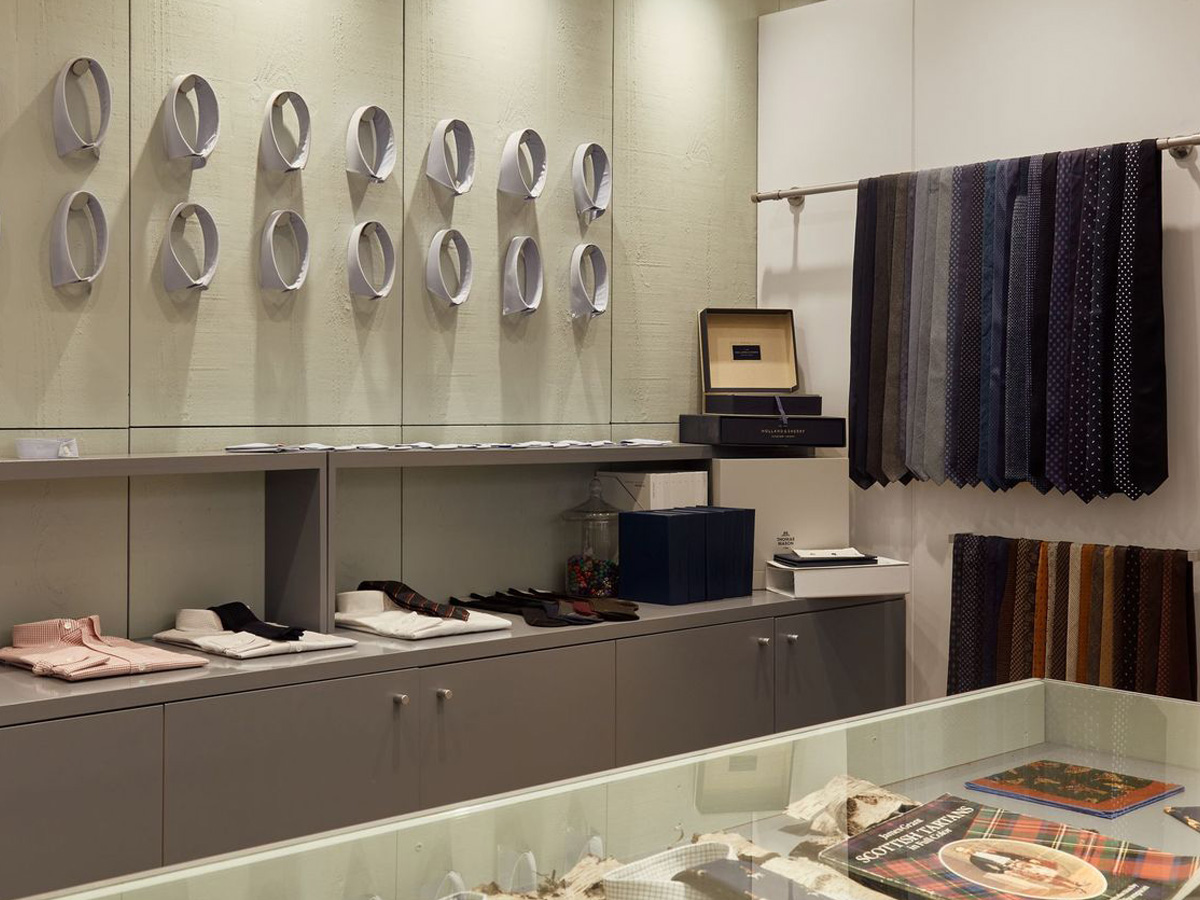
So, let’s think about this. With almost any shirt, the timeless and tested spread collar is the natural place to start. But, not all spread collars are the same; some are cut relatively close to the neck, some have a low stand (sit lower down on the neck) and some have a wider, open spread and taller stand. Like everything in menswear, these different design features have to be kept in balance. There’s no perfect formula to follow, but a few logical guidelines apply. Guys with short necks should steer towards collars with lower stands, and vice versa. Likewise, guys with angular faces and strong jaws can stand-up to collars with a broader spread, because the soft lines of the collar contrast nicely with strong features. If, like me, you’ve been blessed with hamster cheeks and a double-chin, then you need a collar with a closer spread and more angular profile to contrast with your face’s rounder shape.
Next to the spread collar sits the button-down, which has rocketed back into favour in recent years. This collar is generally very easy to wear, thanks to its versatile ‘smart casual’ credentials, but here too, pay attention to its sizing. Thanks to its generous roll, a button-down can easily look mean on a bigger guy, or comically oversized on a slighter figure. The same applies to closer-cut pointed collars; anything too ‘spearpointy’ can look a bit too ‘period’, as though you’re doing your best Bugsy Malone impression.
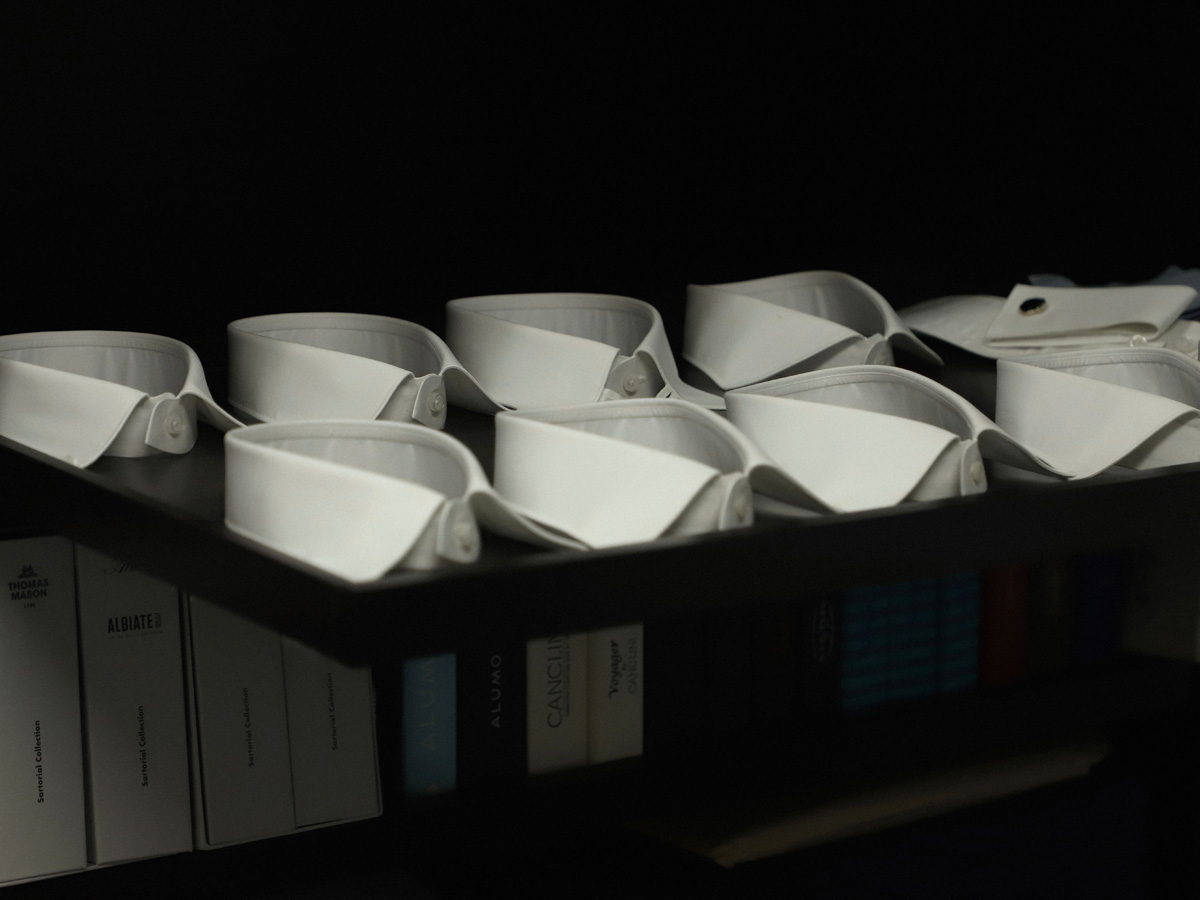
On that note, something else to keep in mind. Shirt collars – in London at least – are changing. Classic spread collars aren’t going anywhere, but the cutaway collar (particularly in its more extreme forms) is starting to look a little tired. Instead, collars are getting longer and sitting closer to the neck, with a ‘mid-century’, pointed profile. Many of the shirtmakers featured elsewhere on this website are dabbling with pointed collar shapes (Drake’s has offered its superb long point collar for several seasons, and Budd’s house collar features deep, angular points), so I’d suggest it’s worth experimenting with a deeper pointed collar or two in your shirt collection as we move through the year. They feel altogether sharper, somehow, and refreshingly different.
The cut and proportion of your collar aside, the construction of a shirt’s collar and cuffs matters too. Essentially, the stiffer a collar, the more formal it is, and the sharper impression it delivers. Generally speaking, firm, perfectly smooth collars are lined with thick wool or cotton canvas interlinings and fused for a pristine appearance. Loose-lined collars with lightweight or brushed interlinings are more malleable, casual and often pucker attractively as they’re worn and washed, delivering an altogether more casual look. Again, there’s no right or wrong here, but it’s worth thinking about what you prefer. A stiff, business-like Jermyn Street shirt might look great beneath a sports coat, paired with a tie to the office, but a softer Neapolitan collar with gentle roll will look far more comfortable on the weekends.
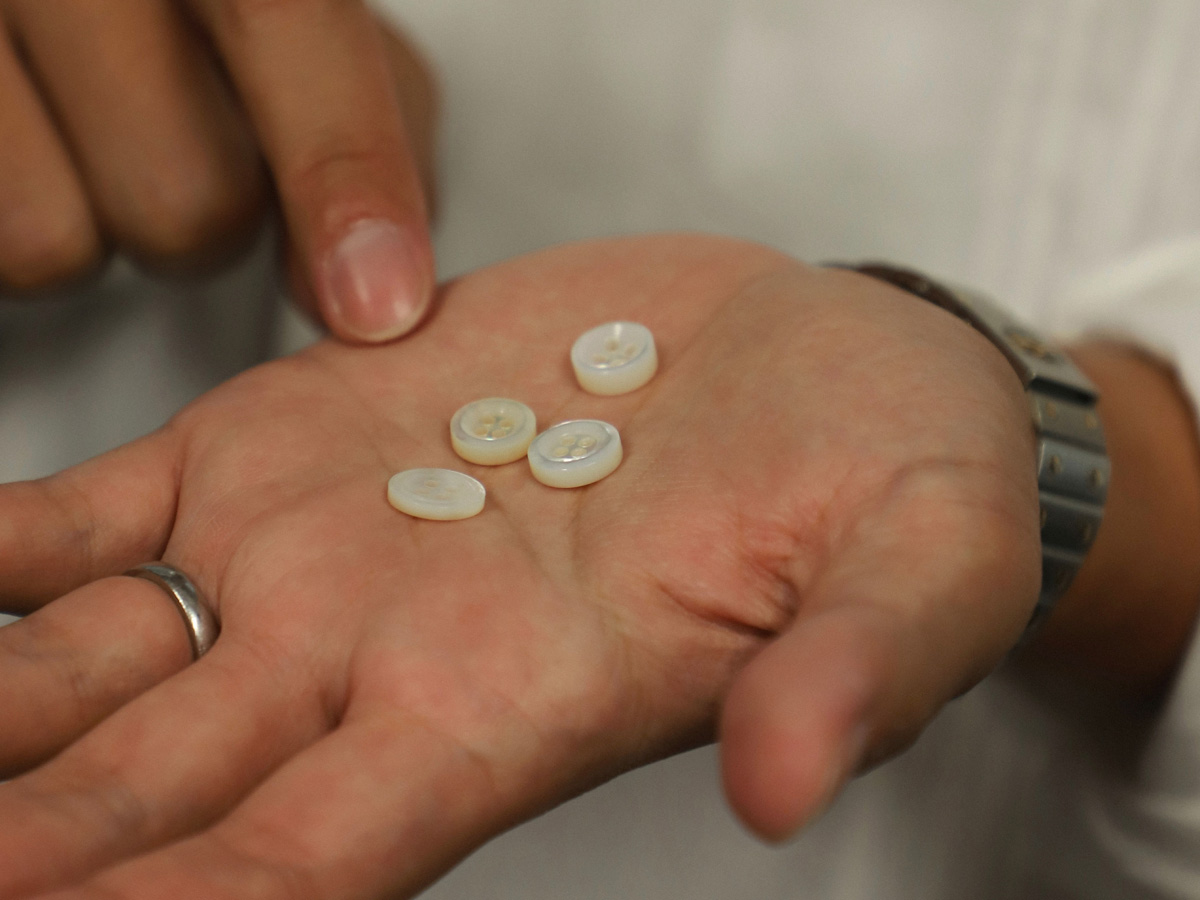
Cuffs a little more obvious; they should follow the construction of your collar. Fused collar, means fused cuffs, and a softer collar should be paired with loose-lined cuffs to match. Your shirtmaker or go-to brand should take care of this for you. One thing I would say is don’t over-complicate the design of your cuffs, particularly if you’re ordering a bespoke or custom-made shirt. A single-button and nice rounded shape is timeless, and looks suitably understated. Faffing around with multiple buttons or chamfered edges looks too ‘try hard’. The same goes for double-cuffs on formal shirts – keep them classically cut and proportioned and they won’t date. Simple as.
‘Here endeth the lesson’, as they say. That’s it from this style column for the time being. It’s been interesting to spend some time indulging in shirts over these recent weeks and months. After all, it’s easy to take the shirts in your closet for granted, or to treat them merely as the building blocks around which to express yourself. But, that’s precisely why shirts deserve careful thought as you continue to pay attention to your personal style. A good shirt is a wardrobe fundamental – it’ll take you anywhere. And, if you can cut yours in Thomas Mason cloth, so much the better, I say.
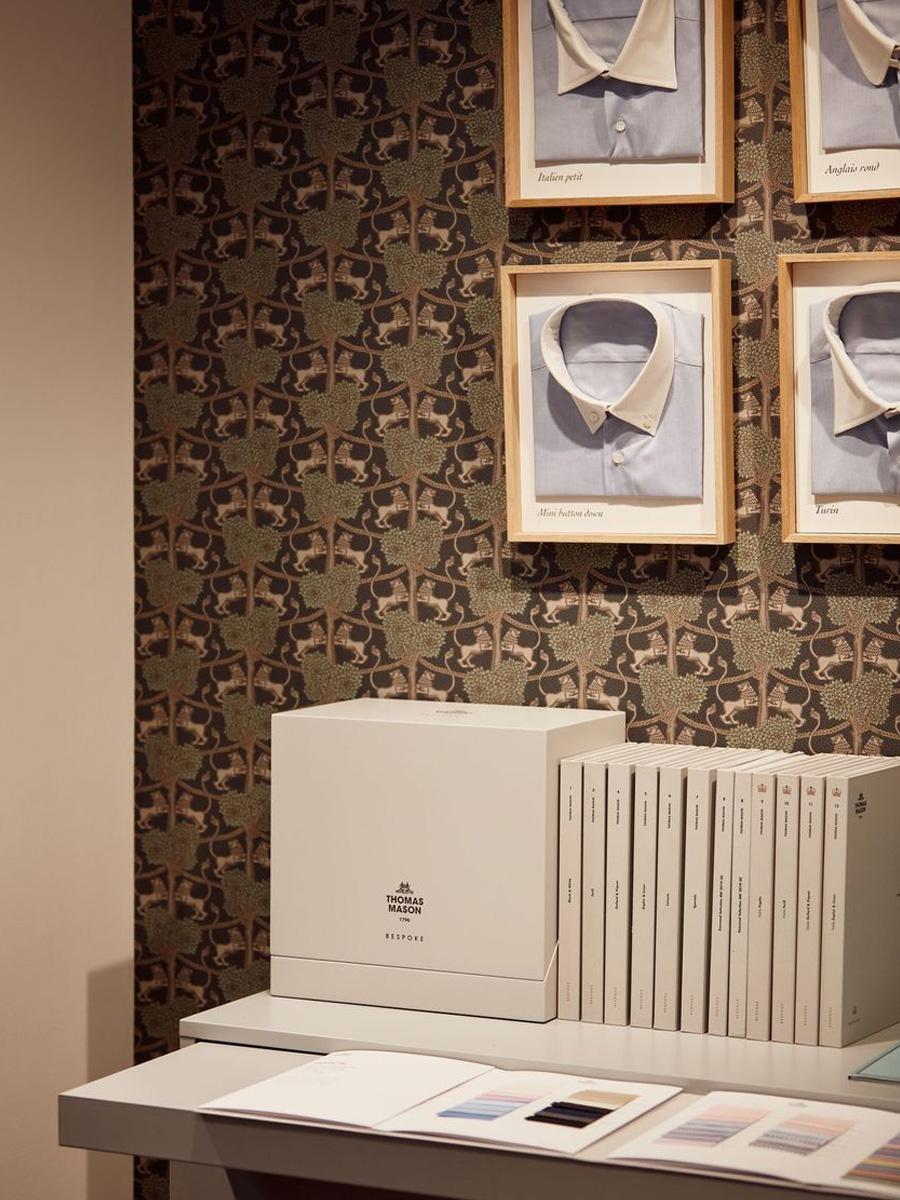
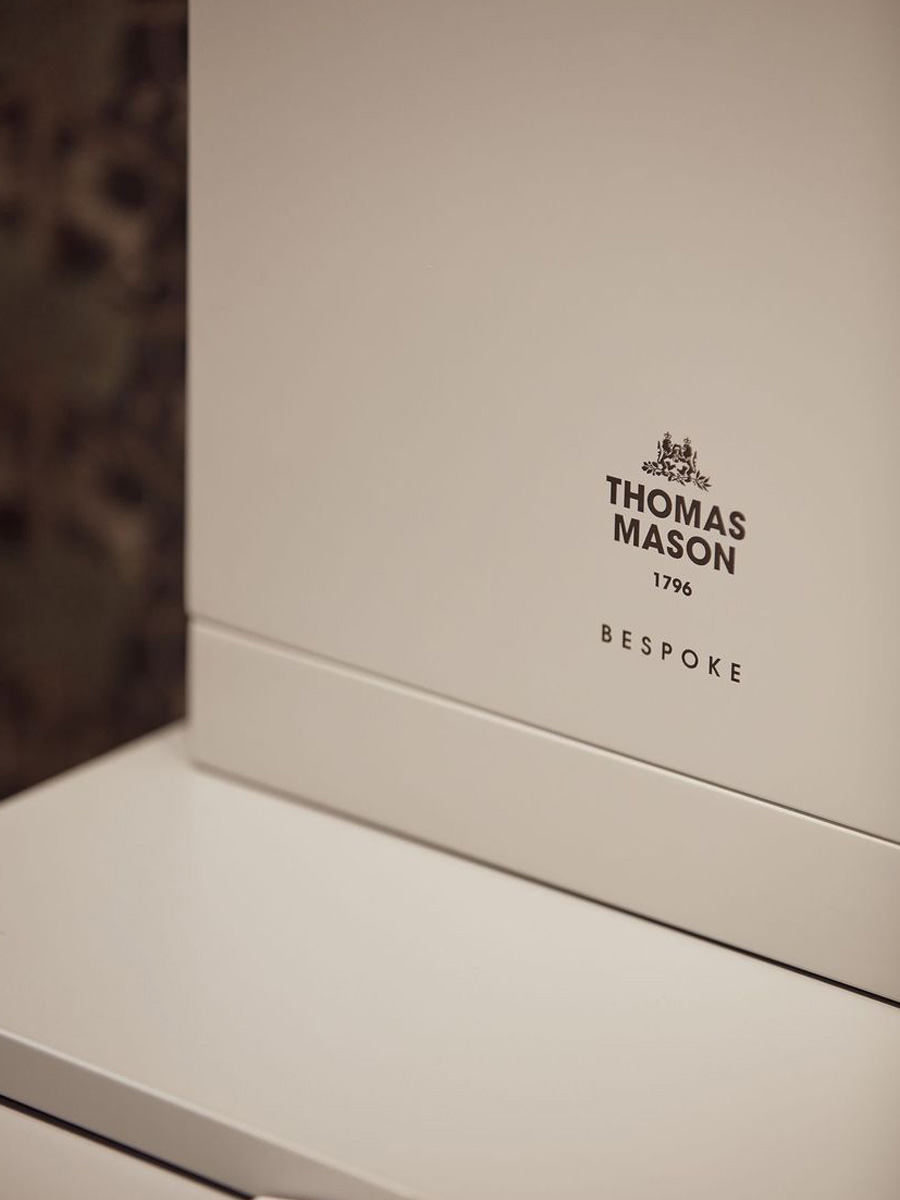
Cotonificio Albini S.p.A. - Via Dr. Silvio Albini 1, 24021 Albino (BG) – Italy
Società con unico socio - diretta e coordinata da Albini Group S.p.A.
P.I. 01884530161 - C.F. 08743540158 - Iscritta al Registro Imprese di Bergamo - REA 244649
Capitale sociale sottoscritto e versato € 11.170.960